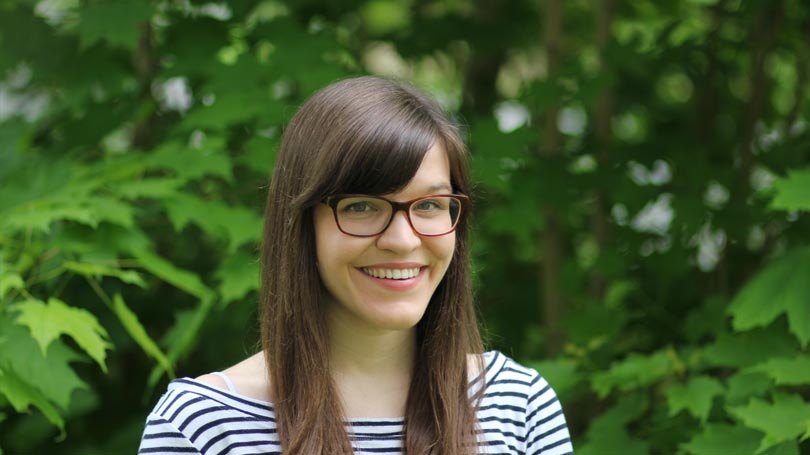Carolyn Parkinson is a PhD candidate in Cognitive Neuroscience in the Wheatley lab in the Department of Psychological and Brain Sciences.
Our brains automatically encode a rich variety of information about the world around us, which usefully informs our subsequent thoughts and behavior. For intensely social creatures like humans, it’s especially important to track and encode information about our social environment. Past research has shown that we spontaneously encode information about the apparent emotional states and personality traits of other people in order to prepare us for appropriate and beneficial social interactions.
Importantly, how we interact with others depends not only on their personality traits, but also on our relationships to them and the larger social contexts in which we are all embedded. For instance, learning that we have friends in common can instill trust in otherwise strangers, knowledge about other people’s social connections informs everyday decisions about sharing, seeking, and withholding information, and social distance dampens our empathic responses to others’ pain. Yet, little is known about how our brains encode information about other people’s positions in our social networks, and if this information, like other aspects of person knowledge, is automatically activated when we encounter people who we know.
The generous support of the Dartmouth Alumni Research Award allowed me to complete an interdisciplinary research project under the joint supervision of Drs. Thalia Wheatley and Adam Kleinbaum in which we characterized what information about the structure of a real-world social network is represented in the brains of its members when they encounter one another.
We reconstructed the social network of all first-year MBA students at Dartmouth based on responses to an online survey. This data afforded information about how well-connected each student is to well-connected others (i.e., social status in terms of social ties, or eigenvector centrality), how much each individual tends to connect people who would not otherwise be connected (i.e., “bridging” structural holes in the network), and how far apart each individual is to every other individual in terms of social ties (i.e., “degrees of separation” between individuals).
A subset of students participated in a functional magnetic resonance imaging (fMRI) study in which they viewed short video clips of several of their classmates. I am currently applying statistical learning techniques to these data in order to test the degree to which neural response patterns in particular brain regions represent information about the social network positions of other people when we encounter them.
To date, cognitive neuroscience has largely disregarded the complex social contexts in which we are embedded in the pursuit of simplification and experimental control. By combining new analytical tools for fMRI data with existing methodologies from other fields, such as social network analysis, my collaborators and I hope to better understand the neural mechanisms that allow humans to create and navigate our distinctively complex social world.
